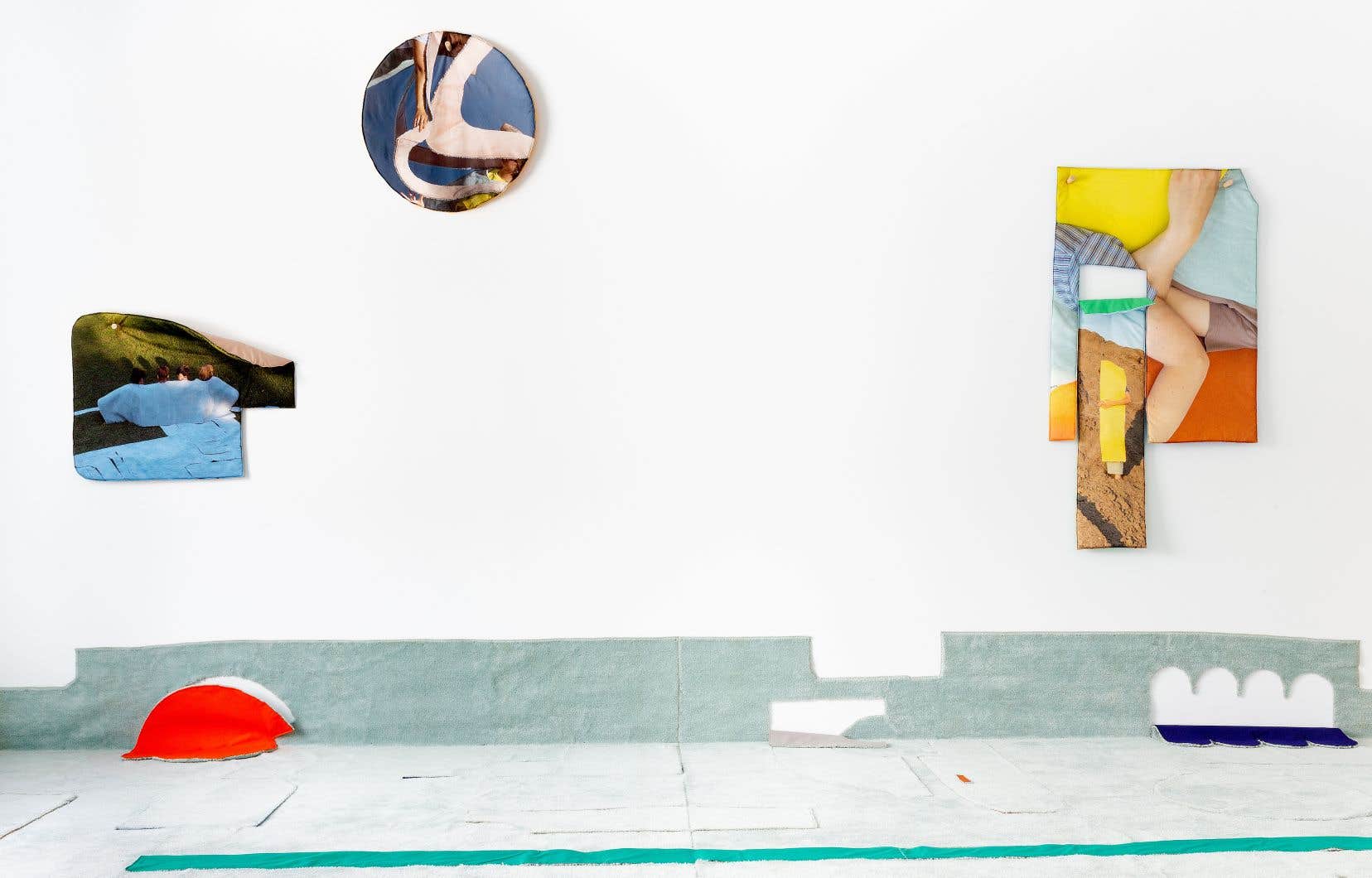This text is part of the special booklet The summer of museums
From Kamouraska to Parc national du Bic, Bas-du-Fleuve is full of wonders. But there is one, more confidential, which deserves our full attention this summer: the Bas-Saint-Laurent Museum in Rivière-du-Loup.
A tightly woven summer
Textile art in all its forms, from the purest of traditions to a more subversive aspect, is in the spotlight! The curators Marie Pierre Daigle, artist and cultural worker, and Oriane A.-Van Coppenolle, curator at the Musée du Bas-Saint-Laurent (MBSL), have thus imagined a journey through time that looks back on the textile arts whose practice currently occupies an increasingly important and visible place on a global scale. These links that weave usaccessible from June 16 to October 8 at the MBSL, notably exhibits works by contemporary artists who use textiles as a tool for reflection on society, often creating social ties and conveying a political message.
Note the presence of an installation by Caroline Monnet, a multidisciplinary artist from the Outaouais region of Anishinaabe and French descent whose creations have toured the world. It addresses the question of identity and its Aboriginal roots by using technology to produce specific motifs, as was the case during the Ninga Mìnèh exhibition at the Montreal Museum of Fine Arts. She used building materials to denounce the precariousness of housing on reserves in Canada. For his part, Rythâ Kesselring has chosen to integrate sound components into textiles to evoke the materiality of the social fabric.
These links that weave us also invites to a contemplation of the intimate thanks to the works of Montserrat Duran Muntadas and those of Vanessa Yanow who bring together glass and textile in an always hybrid practice. For her part, the artist Michaëlle Sergile has developed a system of codifying texts that she has perfected through the practice of weaving in order to explore postcolonial narratives. Nadia Gagné and the soft soft club collective have, for their part, opted for a performative approach to textiles that will be activated from time to time during the duration of the exhibition.
The curators also take advantage of the exhibition to provide a creative space for members of the Cercles de fermières du Québec du Bas-Saint-Laurent and give them the opportunity to pass on their knowledge and know-how. A dynamic space for creation is therefore made available to the public within the exhibition itself: for the duration of These links that weave us, they will continue to create on the loom installed in the heart of the museum. In this perspective of transmission of ancestral feminine know-how and critical reappropriation of the medium, the Musée du Bas-Saint-Laurent completes the exhibition with works from its collection designed in the 1970s by local textile pioneers Mariette Rousseau- Vermette and Michele Bernatchez.
Take the train of history
This summer will also be an opportunity for MBSL visitors to discover a real train caboose and learn more about the railway history that has marked Rivière-du-Loup through the ages. Called Fraserville during the second half of the 19the century, the city of Bas-Saint-Laurent was an essential crossroads of the vast railway network of the time, which linked Montreal to Halifax, Nova Scotia, which allowed it to experience rapid and prosperous development.
Throughout the exhibition Rivière-du-Loup at full speedwhich takes place from June 24 to September 3, we learn in particular that the presence of this railway infrastructure, like the massive influx of workers of all origins, has forged the economic, social and urban landscape of Rivière-du-Loup until in the mid-1950s. It still figures today, more than 150 years later, among the main attractions of this bustling municipality.
This content was produced by the Special Publications team of the Duty, pertaining to marketing. The drafting of Duty did not take part.
